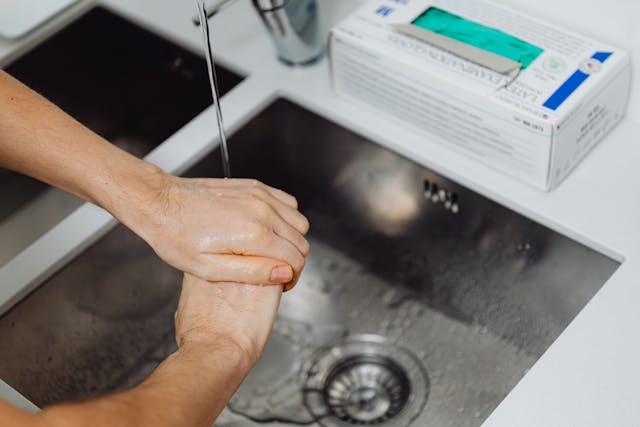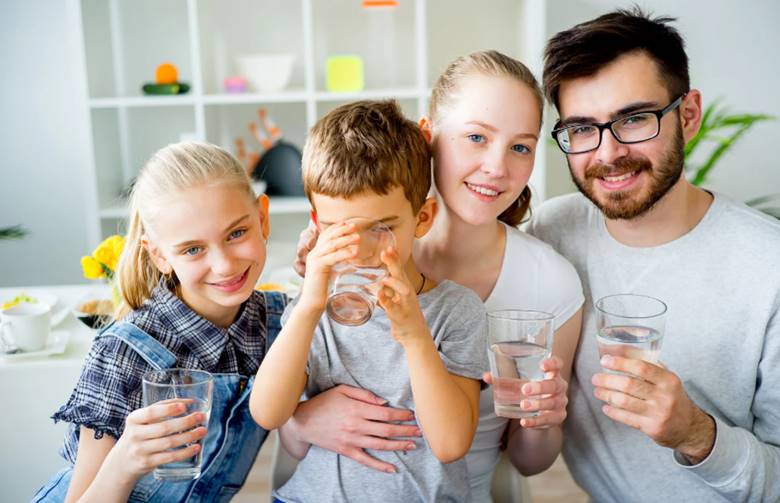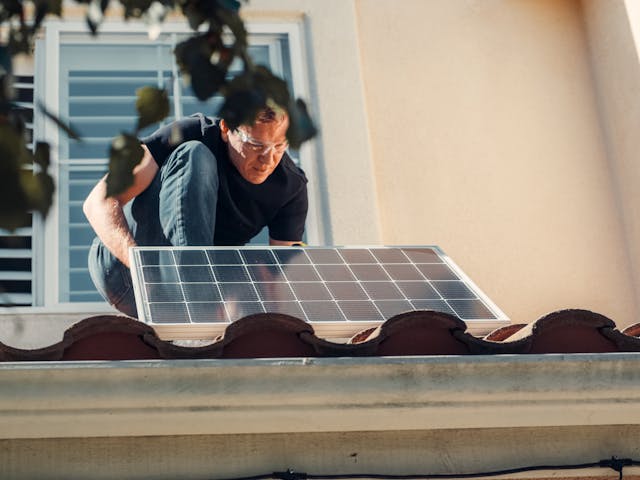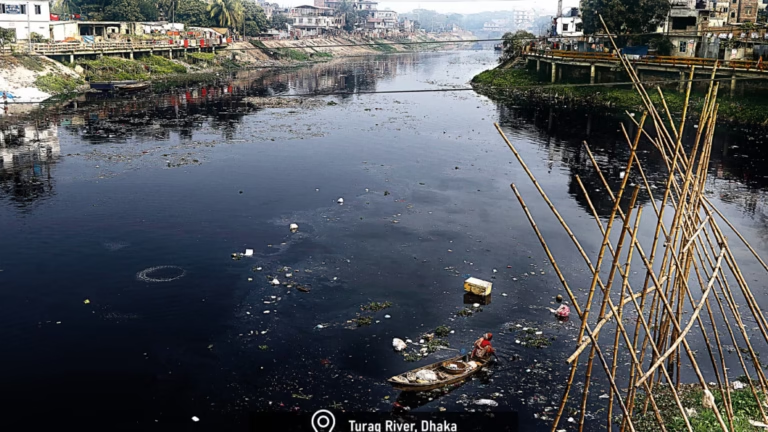We often don’t think twice about the water that flows from our faucets. A cool glass after a long day, water for cooking dinner, or even bath time for the kids — it feels safe and simple.
But have you ever wondered what’s really in that water?
For many families in America, the quality of drinking water is more than just a convenience. It can be a quiet protector of health — or a hidden danger. Knowing what’s in your water and how it affects your family is more important than ever.
Why is Water Quality Such a Big Deal?
The human body is approximately 60% water. Every cell, tissue, and organ depends on water to function correctly. From regulating body temperature and lubricating joints to transporting nutrients and flushing out waste.
While municipal water treatment plants do an incredible job of making water safe to drink according to federal standards, these standards don’t cover every potential contaminant, and water can pick up impurities after leaving the treatment plant, on its journey through aging pipes to your home.

Common Contaminants in Your Tap Water
So, what might really be in your water? The list can be long, and it often depends on where you live. Here are some of the most common problems for American homes:
Chlorine and Chloramines
Cities add these chemicals to kill germs. They work, but they can react with natural matter in water and create byproducts, some linked to cancer. They also leave water tasting and smelling bad.
You may be interested in reading : How to Dechlorinate Tap Water
Lead
Lead is a dangerous toxin. It often seeps into water from old pipes, faucets, or solder in older homes. No amount of lead is safe. For children and pregnant women, it can harm brain growth and development.
Industrial Pollutants
Factories can leak chemicals, such as volatile organic compounds (VOCs), into rivers and water supplies.
Pharmaceuticals
Tiny amounts of medicine pass through waste and often slip by water treatment plants, ending up in tap water.
PFAS (“Forever Chemicals”)
These man-made chemicals are found in many products. They don’t break down easily and stay in the body for years. Studies link them to many health problems.
Because of these risks, many families now use home filtration. One of the strongest options is the Waterdrop RO system. It removes heavy metals, chlorine, germs, and more. With its advanced filters, it gives families peace of mind and safer water every day.
The Health Effects for Your Family
The substances in tap water can affect health in both small and serious ways.
Short-Term Problems
- Stomach Trouble: Germs or high chemical levels can cause cramps, nausea, vomiting, and diarrhea. Kids and people with weak immune systems are most at risk.
- Skin and Hair Issues: Chlorine strips natural oils, leaving skin dry and hair brittle. It can also make eczema worse.
- Bad Taste or Smell: Water that tastes or smells odd isn’t dangerous by itself, but it can stop people from drinking enough. Dehydration can then lead to fatigue and lower focus.
Long-Term Problems
- Child Development: Lead harms brain growth and the nervous system. Even small amounts can affect kids. Other chemicals may also slow healthy growth.
- Cancer Risk: Some byproducts of disinfection, pesticides, and factory chemicals are linked to cancer. Long-term exposure, even at low levels, raises risk.
- Hormone Disruption: Some pesticides and drugs act as hormone disruptors. They can interfere with fertility, metabolism, and other body functions.
- Kidney and Liver Damage: Heavy metals and synthetic chemicals put stress on these organs and can damage them over time.
- Brain and Nerve Effects: Beyond lead, other toxins may harm the nervous system, leading to subtle or serious problems.
Dr. Jonathan Doyle, a chemist with more than 20 years of water research, explains:
“Even water labeled ‘safe’ can hold tiny traces of substances that build up over time. The goal is to lower this ongoing exposure—especially for children whose bodies are still developing.”
Taking Control: Safe Drinking Water at Home
Home water filters are a simple way to protect your family. They remove contaminants that city treatment plants may miss or that enter through old pipes in your house.
But not all filters work the same. The best choice depends on what you need to remove.
For broad protection against lead, chlorine, PFAS, and more, trusted brands like Waterdrop offer options for both homeowners and renters. From advanced reverse osmosis (RO) systems to easy water pitchers, there’s a solution for every budget.
Types of Home Water Filters
- Faucet Filters – Quick to install and perfect for renters. They attach to your faucet and provide safe water for drinking and cooking.
- Countertop Filters – These sit on the counter and connect to your faucet. They handle more water than faucet filters and often remove a wider range of contaminants.
- Under-Sink Filters – Installed below the sink, these systems give you a separate faucet with filtered water. Many use multi-stage filtration for stronger protection without taking up counter space.
- Whole-House Filters – These treat all the water that enters your home. They’re ideal if you want safe water at every tap—for drinking, bathing, cooking, and laundry.
Choosing the Right Filter
When shopping, check for NSF International certifications. This label confirms the filter has been tested and meets strict safety standards.
With the right system in place, you’ll have peace of mind knowing your family is drinking cleaner, safer water every day.
The Bottom Line for American Families
The quality of your home’s drinking water is too important to ignore. Clean water supports your family’s health every day—helping with hydration, digestion, and long-term wellness.
By learning about possible contaminants and using trusted solutions, you can lower risks and keep your family safe. Investing in a system like the Waterdrop X12 Alkaline RO gives you an added layer of protection. It filters out harmful substances and ensures your loved ones always have access to clean, safe water.




